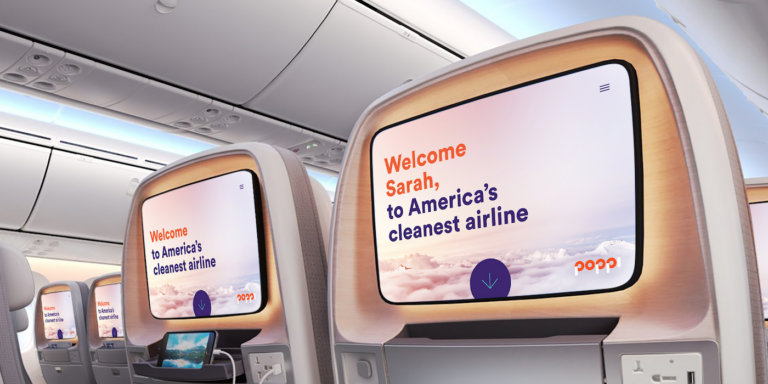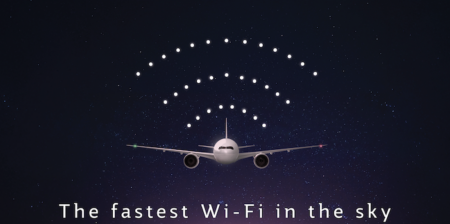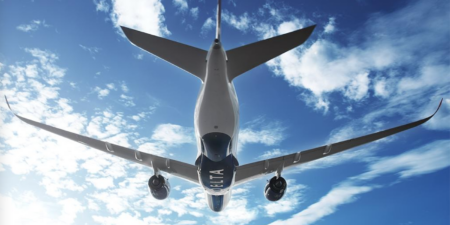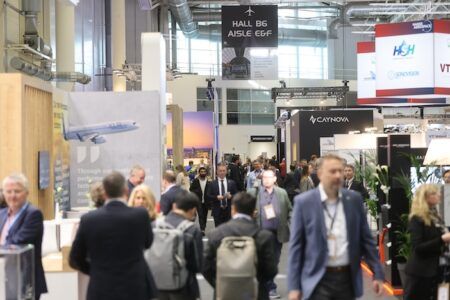For many of the world’s airlines, Covid-19 has been nothing short of a devastating blow; however, for some, it also presents a once-in-a-lifetime opportunity to level the playing field, step up to the mark and lead the industry into uncharted territory.
As the tide is turning on Covid-19 and most countries are getting a handle on the pandemic, there has been time for reflection for personal wellbeing, both physically and psychologically. Many people have shifted their values towards brands that put their health and wellbeing first. They are searching for signs of reassurance, safety, and personal security within the industry.
We are already seeing an industry-wide shift to new sanitation standards or travel protocols, and airlines are being judged by consumers on their ability to communicate their approach – its already clear that some airlines will adapt better than others. At a time when air traffic is a fraction of pre-Covid numbers, the stakes are now higher than ever.
Post-lockdown, technology and innovation on the ground will accelerate quickly and proliferate new safety norms that will become expected in the air. Passengers will be on the lookout for progressive change from airlines.
Without confidence in the airline industry’s ability to position itself long-term, we are seeing airlines struggle to justify the value of longer-term cabin innovations. More conservative airlines are waiting to see what the ‘bounce-back’ will look like and how passengers respond to flying post-Covid before spending money that the airline is holding on to.
However, with razor-sharp focus, those visionary airlines can see how they must adapt for the future to succeed. For these niche few, this is a wide-open opportunity to step into the spotlight and create the formative synapses of a new and improved flying experience.
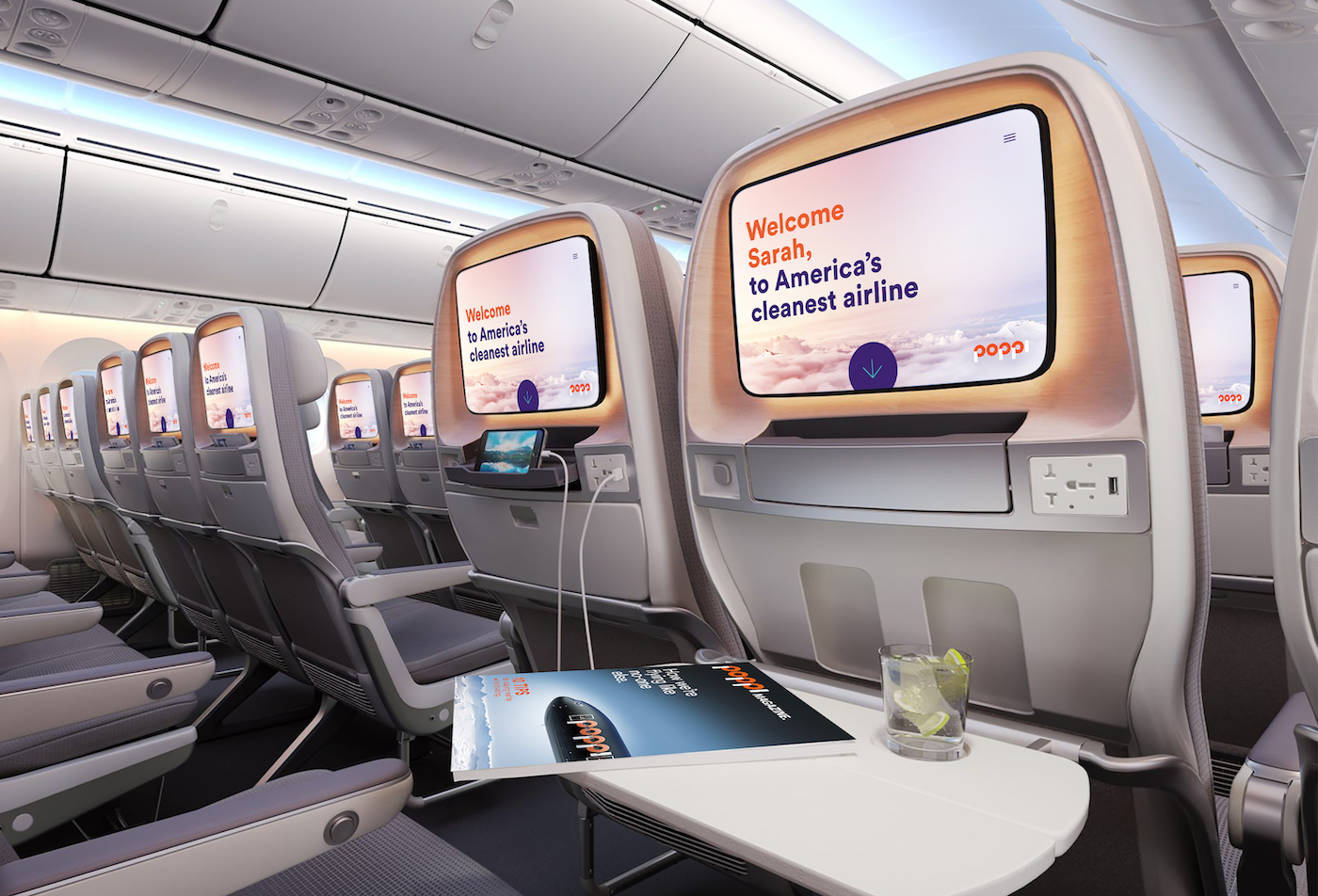
Building better ways forward through design thinking
We’ve been here before. Even in recent memory, almost everyone can recall SARS, Swine Flu, Ebola, and now Covid-19. As a species, we are vulnerable to infectious disease. While we have limited control over this, we have learned how to control the rate of infection, but with the economic and humanitarian devastation that ensues.
Social distancing may have helped us to ‘flatten the curve’ of the pandemic. It is an undeniably simplistic yet economically devastating means of halting the spread of any infectious disease; this being especially true for the airline industry – a business model built on densification and price.
However, to respond with resonance to this very human problem, businesses must adopt a healthcare focus – a view supported by business consultancy, Accenture, whose chief executive was recently quoted as saying, “We used to say every business will be a digital business, but today we say every business will be a health business.”
Over the past century Teague has worked cross-industry with the world’s leading aviation, mobility and technology brands to solve complex problems. If we approach Covid-19 as a design problem, we will uncover innovative ways to apply design thinking and human-centred design principles to resolve the new wave of issues presented by this pandemic. It’s an exciting and daunting time; however, we are using advanced design tools to help many enterprises currently impacted – including airlines – to identify and validate key areas of focus, solution-implementation timeframes, and helping them model the effect of implementation strategies across every metric of their organisation.
Many of these forward-thinking ‘visionary’ companies – especially those concerned with a role of mass transit and crowd management – see this pivot not only as a humanitarian responsibility, but as an opportunity to build a deeper, long-lasting connection with their customers by proving their desire and commitment to protect them from an invisible threat over the long-term.
Teague is helping businesses to empower their employees and customers to interact with the world and each other with vastly improved hygiene and sanitation standards through design, planning and investment. Not surprisingly, we are looking to the healthcare industry for inspiration.
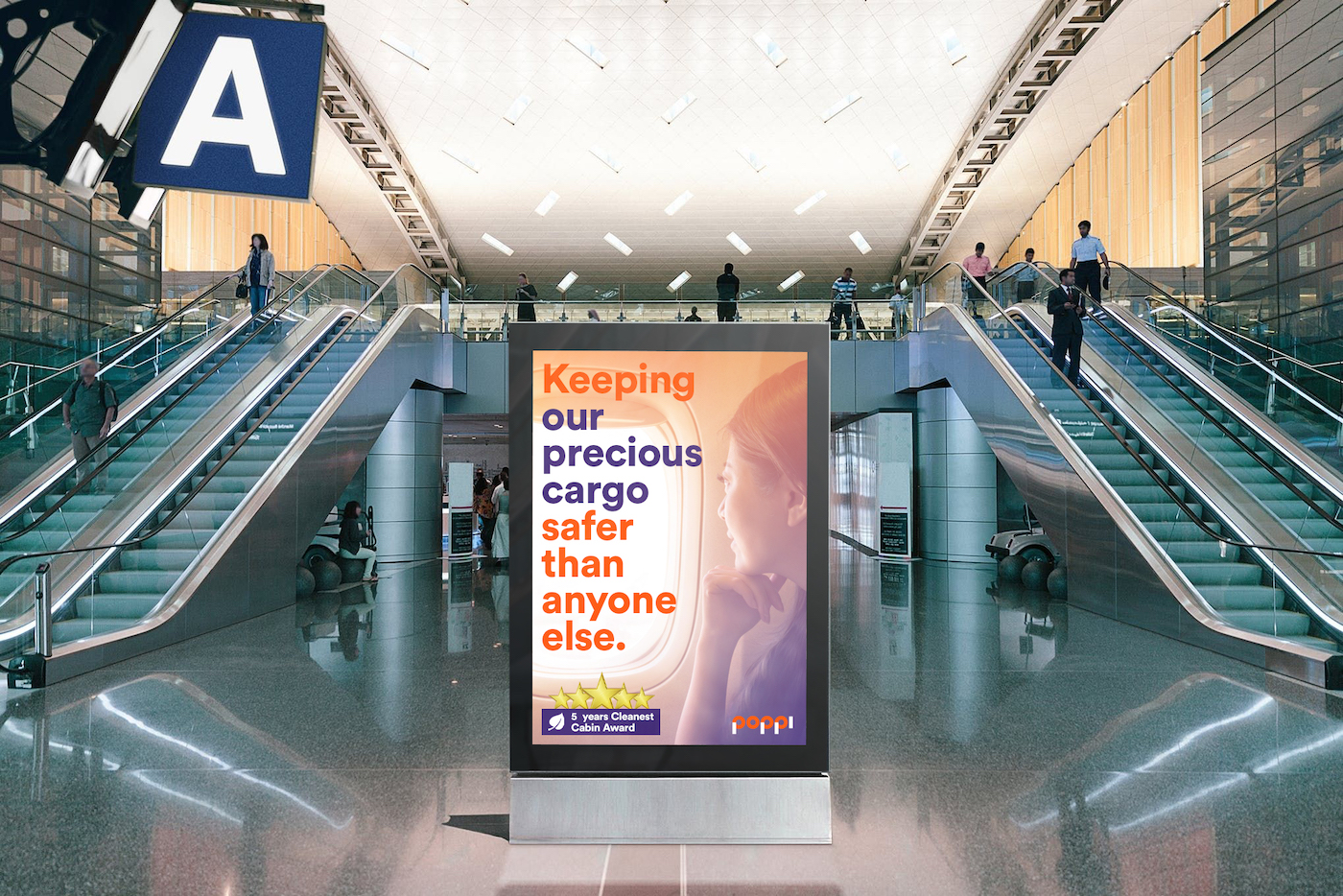
Seeking inspiration from outside the aviation industry
Part of Teague’s strategy is to focus on analogous research of healthcare businesses, as these resonated with airlines the most – as the pandemic has shined a spotlight on the numerous occupational parallels. Healthcare environments deal with similarly hazardous volumes, densities and cultures, with cross-sections of people in waiting rooms, hospital wards and operating theatres. There are other parallels too – doctors, like pilots, have a highly skilled and life-critical occupation, utilising specialised and highly regulated equipment, and just like nurses, cabin crew are trained to look after the people that reside in their care, albeit briefly.
Of particular relevance, however, are two speciality areas of healthcare expertise that will prove business-critical to airlines: designing for anxiety and also designing for cleanliness. Within the healthcare industry, health practitioners have been using behavioural tactics to help reduce anxiety in their patients for decades; it’s this background that helped us carve out a new Clean Design framework for airlines.
Humans are naturally risk-averse – it’s the same reason we find bungee jumping or boarding a rollercoaster both terrifying and exhilarating. The opposite is also true, where we feel more relaxed when entering a quieter, calmer environment because our senses are placated. Medical centres do well in instilling calmness and quiet into an otherwise stressful environment. It’s this calmness that can help instil strength and confidence in others.
Psychologically speaking, the easiest way to remove stress is to educate a consumer through communication of what to expect, in much the same way a doctor usually explains an operation before performing it. It’s that recognition and communication about what to expect during an experience that helps people feel grounded, and this can be transferred into the airline industry with crew training and procedural change.
Healthcare facilities consider layouts and interior design very specifically in a way to reduce anxiety. Many modern hospitals and healthcare buildings no longer look clinical, and many reflect or embrace nature as part of the design language. The presence of nature has healing benefits – so too blurring the lines between the outside and inside in the aircraft cabin interior will have positive impacts on people in the space. Natural interior finishes, thoughtful use of cabin lighting and lighter interiors that showcase ‘clean’ and look ‘cleanable’ will help decrease anxiety and provide the illusion of greater space.
In the short term, there are a few key wins from utilising D-checks and lifecycle replacements to create ‘visibly cleaner’ interiors, through measures such as dress cover modifications and replacing older surfaces with new antimicrobial finishes.
While it is effective and highly necessary in the short-term to evidence these changes, in the long term, the world is poised to see the airline industry in a new light: ‘clean’ is now a new brand promise – a fundamental pillar of comfort and safety. It is this opportunity to invest in deepening emotional connections and building brand loyalty by addressing their customers’ most fundamental human needs that will win over market share and loyalty.
Executing the right long-term vision
Small steps in the right direction might seem like the logical approach, but in the absence of a long-term strategic vision without adopting a Design Thinking mentality, these small fixes will be disconnected, and ultimately have the effect of addressing this deep industry wound with small Band Aids.
Design Thinking helps solve such complex problems, giving businesses the tools they need to change focus. It will be a critical tool for airlines in this time of uncertainty, vision-building and evaluating how to maximise the impact of limited investments over time in order to thrive.
There has never been a more important time to create a clear future vision for a brand, even though there are huge pressures to deliver this in rapid time and with limited resources. This isn’t just about short-term gain, as right now for airlines the world over, any investment must not only relieve passenger anxiety, it must also build towards a bright new future for the carrier.
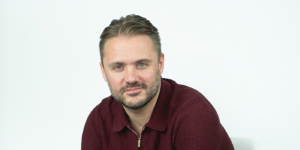 Anthony Harcup is senior director of airline experience at Teague
Anthony Harcup is senior director of airline experience at Teague


